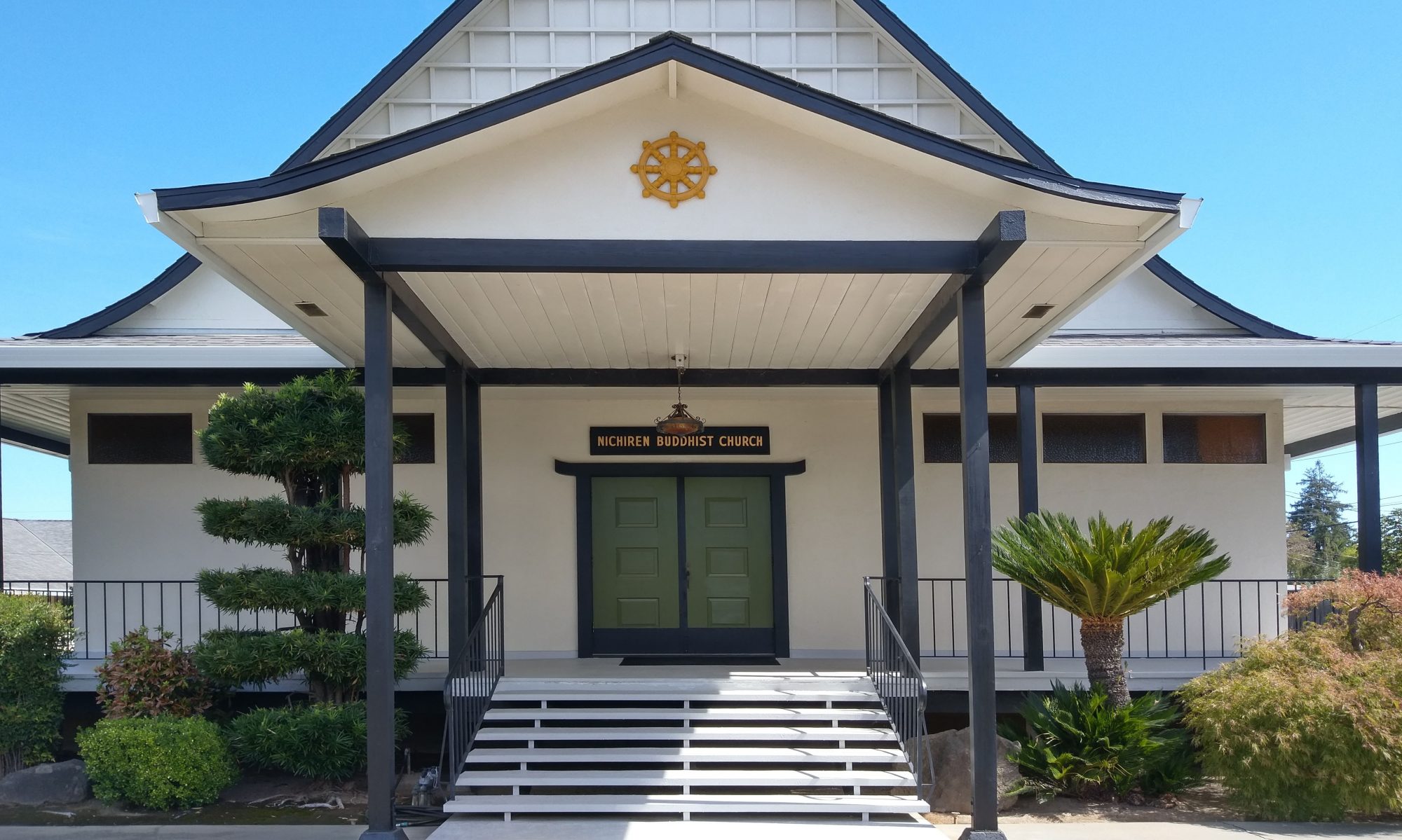Many of us try to justify our actions and beliefs using primarily logic and reason. This makes sense because many of our beliefs are built in our experiences, which allow us to justify and provide what we consider to be support for making the decisions we make and taking the actions we take. However, we rarely see these terms being used to describe someone’s faith in a religious belief. Though there are various explanations behind this, one of the main reasons probably has to do with the fact that we ourselves cannot fully experience or even see the “higher being” or deities that we believe in. That being said, many people still try to use solely scriptures and texts to deepen their faith, thinking that comprehending written words alone will give them something even remotely close to the “logic” and “reason” that some of us so often yearn for in our religious practice. However, it is my belief that text alone cannot teach you or help you to fully understand your faith – some knowledge must be acquired through action and experience.
My reason for believing this has to do with my experiences with aragyo, which I have talked about multiple times in the past. Aragyo ended this year on February 10th, with all the practitioners exiting the Nakayama Hokekyo-ji Temple via the zuimon or gate. The zuimon opens only twice a year (on the first and last day of aragyo) and permits only the practitioners to pass through these gates. Though I passed the zuimon for the last time during my fifth and final practice over ten years ago (2008), I still remember the sadness I felt, to know that I will never pass this gate again. I had completed my first aragyo practice before coming to the U.S., thinking that I would never have the opportunity to undergo this practice again. However, 13 years later, I entered aragyo for the second time, soon followed by the third, fourth, and fifth time, the last few times even being asked to enter aragyo. And while it is true that every time I entered aragyo, I underwent ascetic training that was both strenuous on my mind and body, I was also able to acquire knowledge and have experiences that I would not have had otherwise. It was through these experiences that I learned that not everything can be explained via logic or reason.
In the same way, I am also reminded of Nichiren Shonin who, through his practice and studies during his exile to Sado Island, underwent the realization that he was the reincarnation of Visistacarita (Jp. Jogyo Bodhisattva), who is thought to protect not only the Lotus Sutra, but also its devotees. Though this may be a little difficult to explain, it is in fact my belief that Nichiren Shonin’s spirit was not initially that of Visistacarita and by this, I mean before he started his practice of the Lotus Sutra. It was through finding the Lotus Sutra, fully embracing it, and risking his life to spread the teachings of the Lotus Sutra to many people that he acquired the spirit of Visistacarita into his own. To further explain, throughout my own training as a minister, I feel as if the spirits of various benevolent deities
(Shoten zenjin) have entered my own spirit to not only help me further my practice, but also protect me during any arduous training I have undergone and also help me spread the teaching of Nichiren Shonin and the Lotus Sutra. Therefore, it is my belief that our actions will reflect the spirits that enter our own pre-existing spirit and protect us – those that commit crimes will have several types of evil spirits entering their soul, only to destroy them from within. However, taking actions to deepen our faith and making an effort to live our life to the fullest by following the teachings of the Lotus Sutra will allow for these benevolent deities to enter our own spirits and protect us from within. This is why faith cannot just be acquired through solely logic or reason, but requires action – you have to work for it.
Ven. Kenjo Igarashi
March/April 2020
